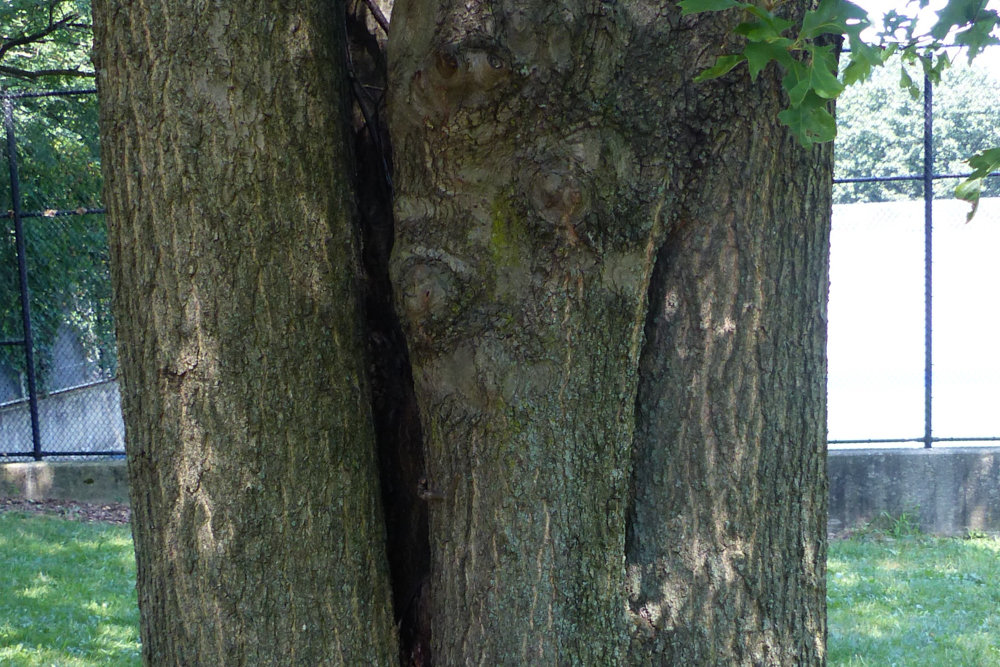Without agricultural revolution, today’s society wouldn’t exist
Humanity has never been satisfied with accepting the constraints of nature. Whether it was building permanent structures close to rivers that were known to flood regularly or clearing malarial swamps, boundaries have been seen merely as obstacles to overcome.
Agriculture — which is the domestication of plants — began between 10,000 and 12,000 years ago during the Neolithic period in several different global centers. Wheat, barley, lentils and peas were domesticated in the Near East. Millet and rice were grown around the same time in China.
In Mesoamerica, squash plants were also grown around that period as well as the early ancestor of corn (teosinte). Corn, as we know it today, was only developed around 4000 B.C.
Nikolai Vavilov was a Soviet botanist, geneticist and agronomist — agronomy being the science of “producing and using plants for food, fuel, fiber and land reclamation.” One of his important scientific contributions was the Centers of Origin theory for locating the geographic regions where specific crops were domesticated. In addition to the three centers noted above, he eventually proposed five others — Ethiopian, Andean, Indian, Caucasian and Mediterranean.
This concept of locus of origins is of more botanical import than simply a bit of historical information. Our populations are dependent on an adequate food supply, much of which is based on farming.
Plant breeding is done for two purposes. The first is to develop new strains capable of adapting to new environments. The second is to develop strains that would be resistant to new or prevalent plant diseases. This latter situation can require gene sequences from the original wild varieties. Knowing where to seek these ancestral species, or related species, becomes of vital importance.
While all the crops referenced so far are either grains, legumes or vegetables. Fruit trees were also cultivated as food crops, although this was, apparently, a later innovation.
The earliest pictorial evidence comes from the Uruk Vase, dated around 3000 B.C., in Mesopotamia, although archeological evidence indicates that the date and the olive were being used as food as long as 7,000 years ago, followed by the grape, fig and pomegranate.
Jules Janick of Purdue University writes in “The Origins of Fruits, Fruit Growing and Fruit Breeding” that fruit cultivation may have led to the creation of urban centers between 6000 and 3000 B.C., because fruit orchards can continue bearing crops for scores of years, leading to lengthy commitment to a specific location.
Growing fruit trees and vines requires techniques different from those used for annual herbaceous crops. Many techniques — including pruning, grafting and training — were designed for the health of trees and for increased yield. Other techniques developed as other needs were recognized.
Pleaching, for example, has roles in privacy and prevention of soil erosion. Yet other techniques, such as bonsai and topiary, are purely aesthetic.
Pruning is probably the least obscure of these terms. It is simply the removal of certain tree parts, such as branches. This has a variety of purposes: Removal of dangerous deadwood, improving crop yield, and making harvesting easier as well as shaping the tree.
Sometimes limbs are simply removed to “raise the canopy” and improve lighting conditions at ground level. Just as humans can suffer infections through skin wounds, care must be taken with trees. The larger the limb removed, the smaller the chance of complete healing, which would could lead to eventual tree rot and death.
Grafting, as applied to trees and vines, are believed to go back approximately 4,000 years in China and Mesopotamia. This technique involves taking a piece of one tree (the scion) and inserting it into the rootstock of a different but compatible tree with the expectation that the tissues will grow together, with the scion producing the fruit.
There are many reasons for grafting. A few of them would include cloning a desirable but hard-to-grow variety such as Koster’s blue spruces (Picea pungens var. Kosteriana) onto a Norway or Sitka spruce, which can be grown more easily.
Cloning also quickly increases the number of available plants of a particular type. Reducing time to fruiting is also important. A seedling may take up to 12 years to produce fruit, but if the seedlings are grafted onto established plants, time to fruit production is decreased.
The term “inosculation” is used when two trees grow into each naturally. These trees are generally known by locals as “marriage trees” or “husband and wife trees.”
The process involves the touching of parts of two trees with thin bark. As the bark is worn away due to tree movement in breezes, it exposes the cambium layers (where new cells grow) in both trees, and allows them to grow into each other.
Some trees where this occurs include apple, ficus, dogwood and wisteria.
We will examine a few more techniques next time.
Have a thought or comment for Sura Jeselsohn? Email her at greenscenesura@gmail.com.






